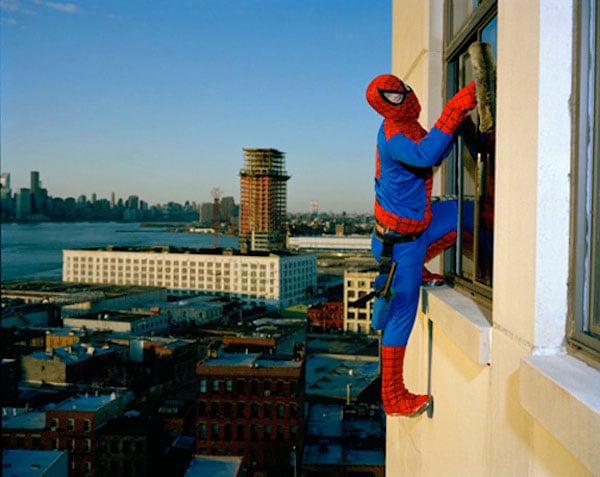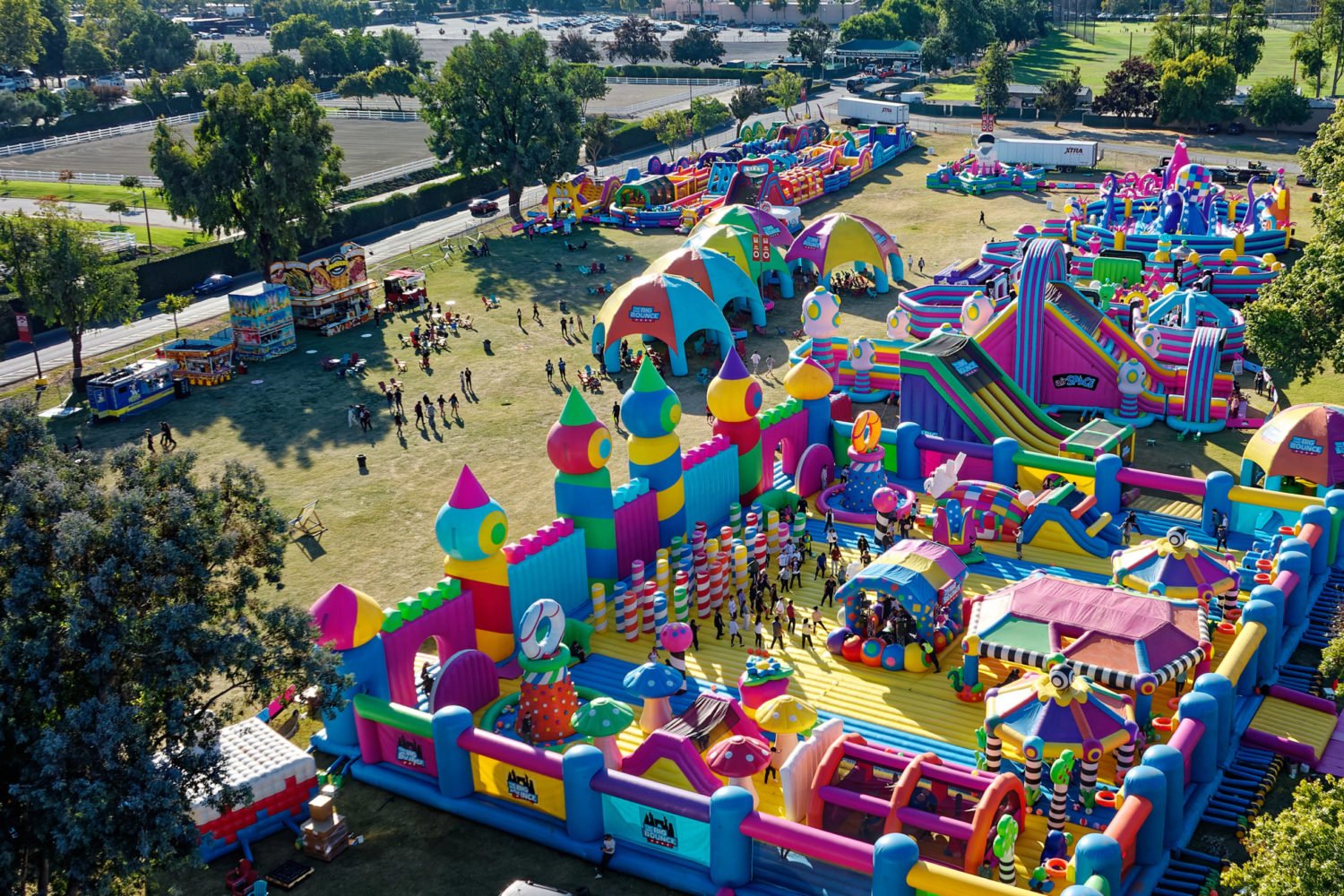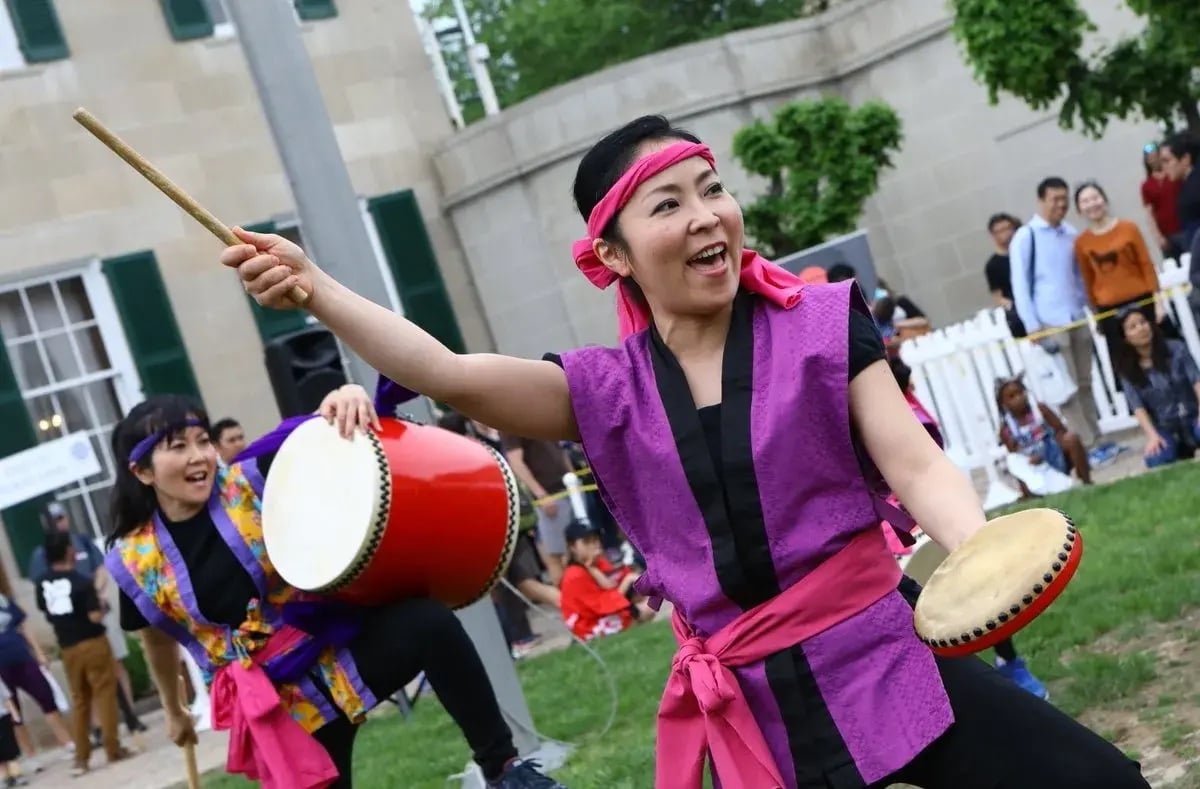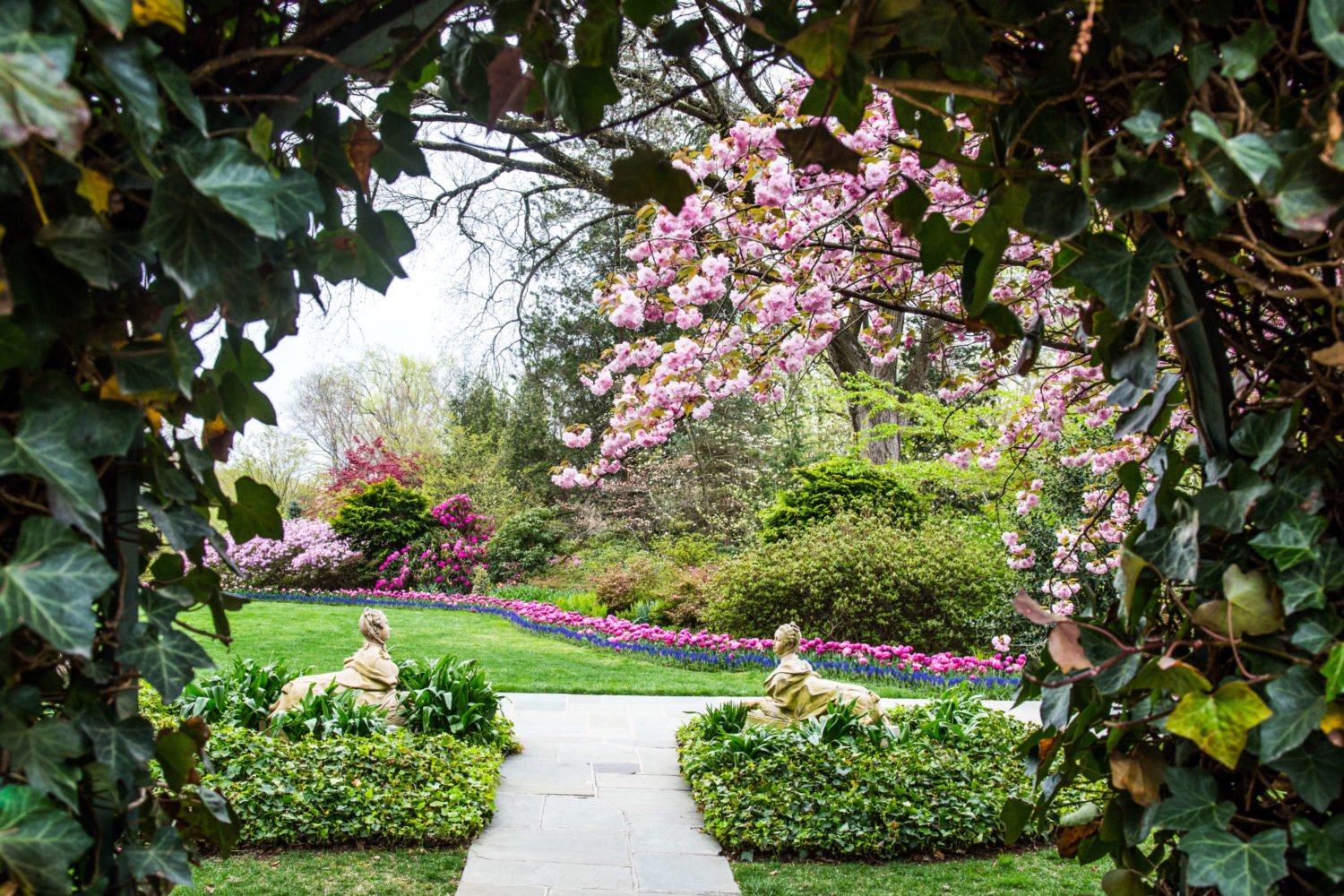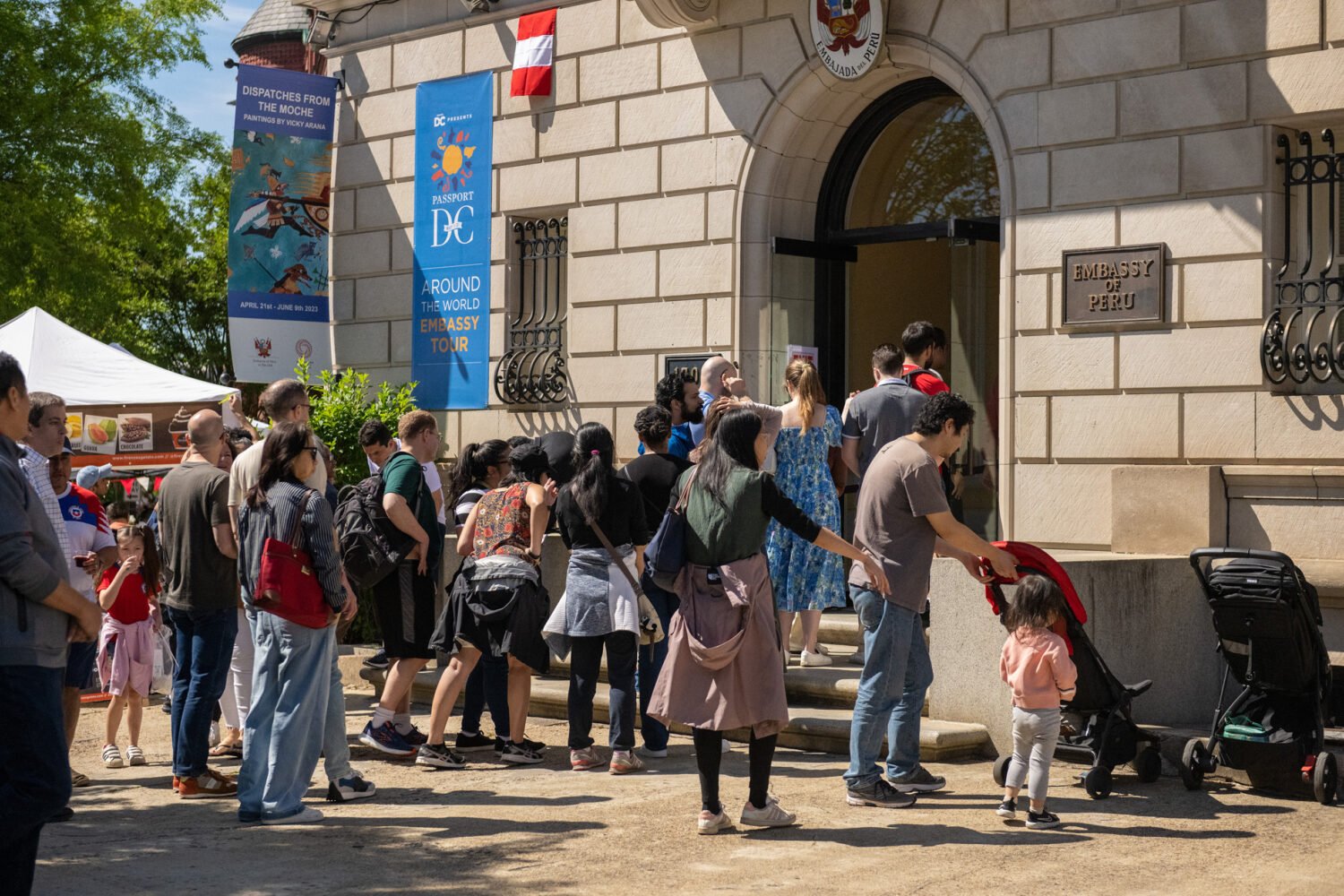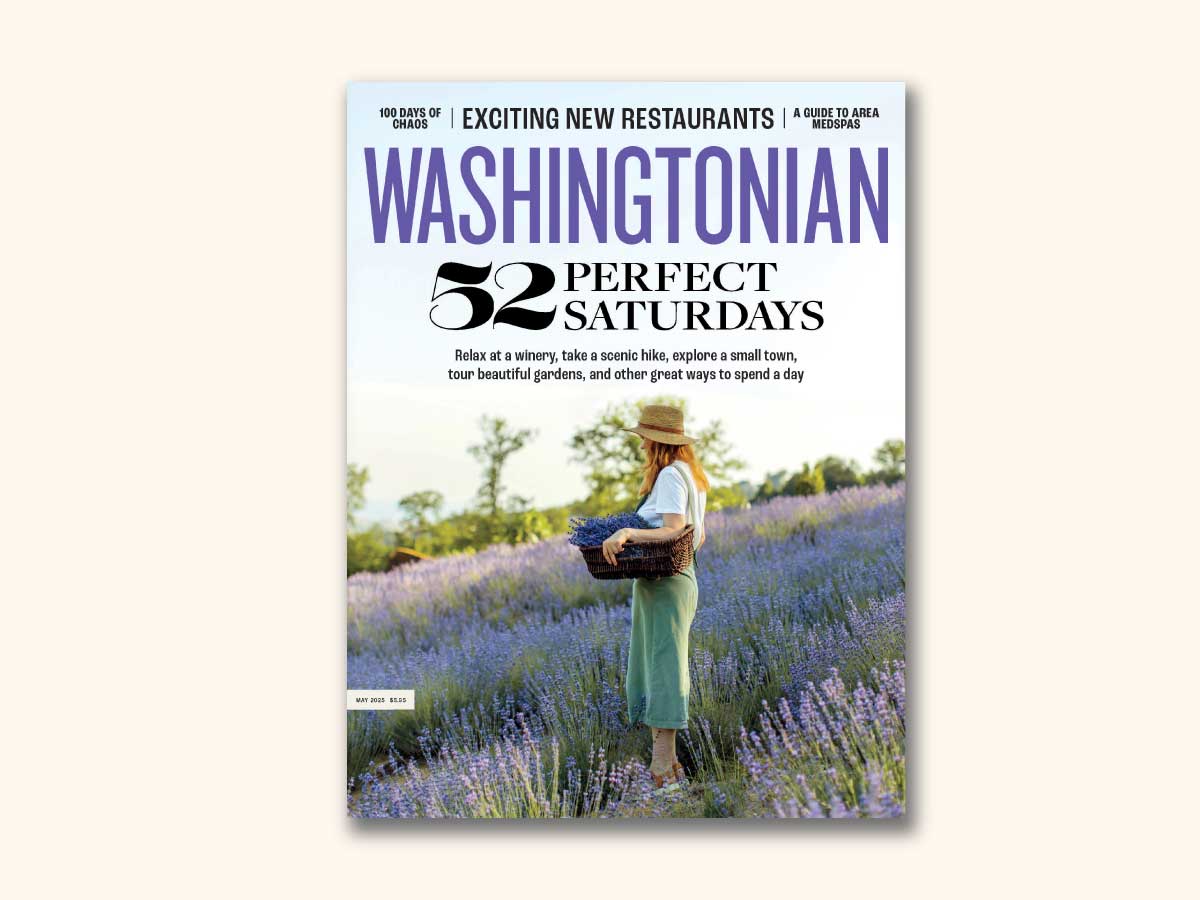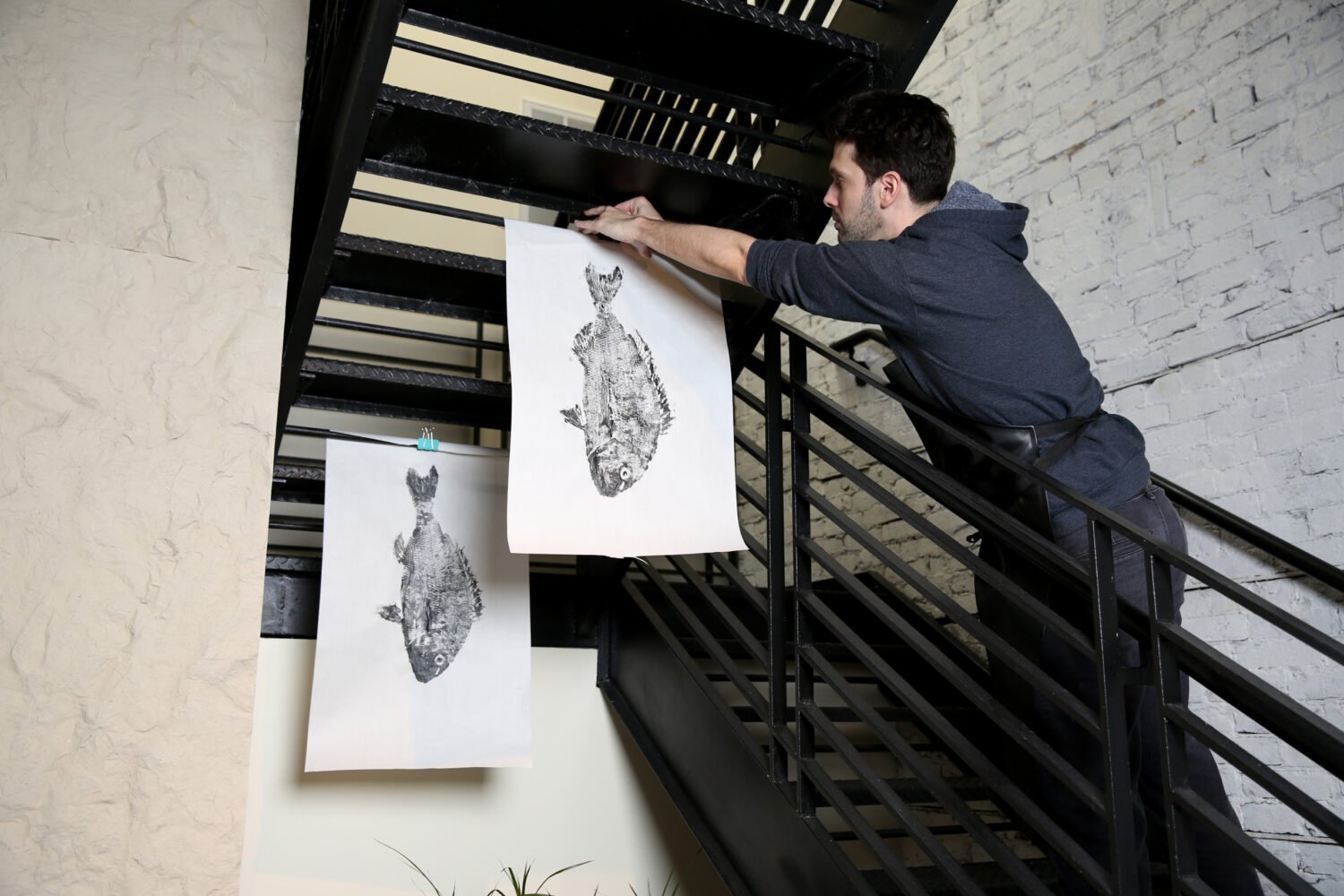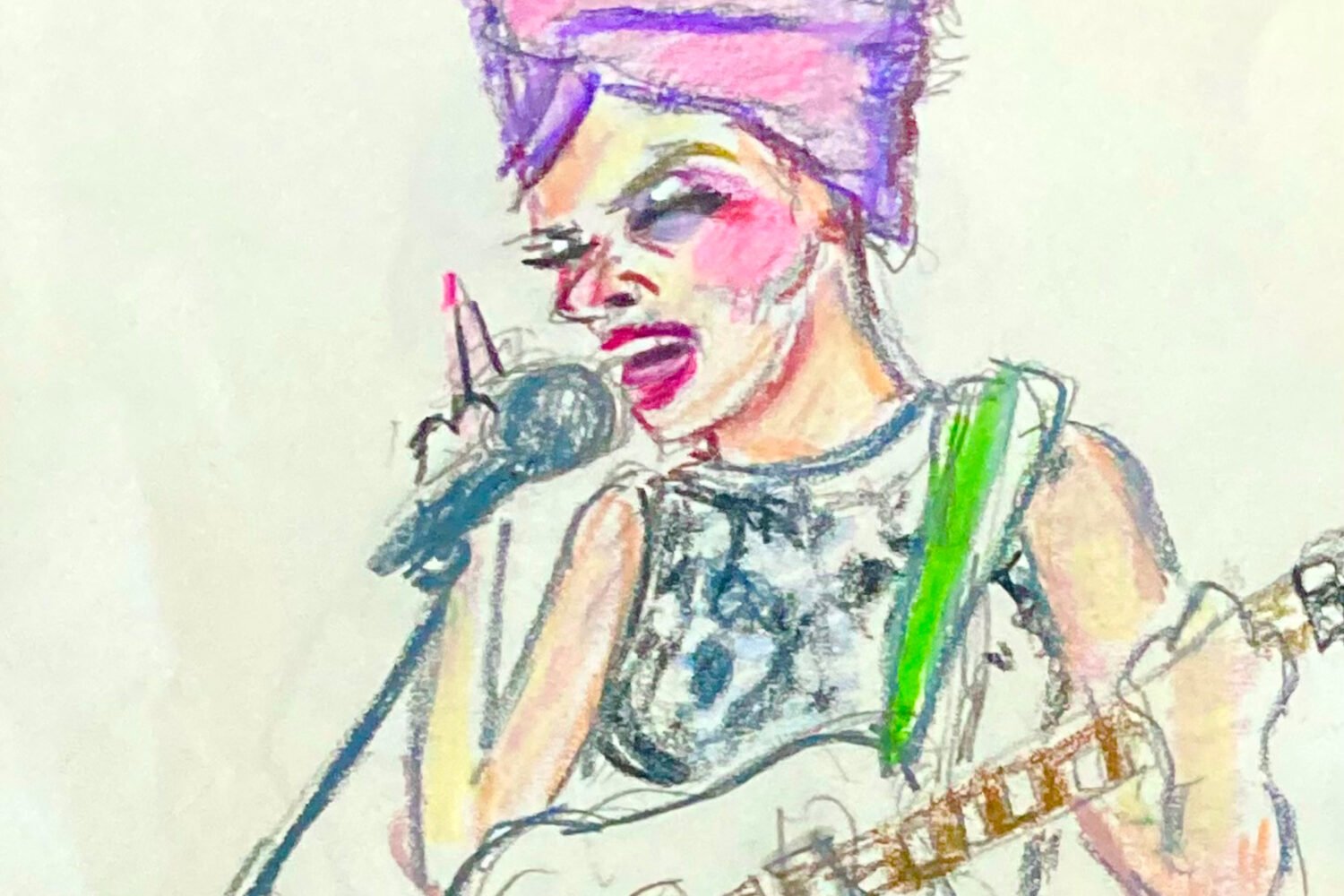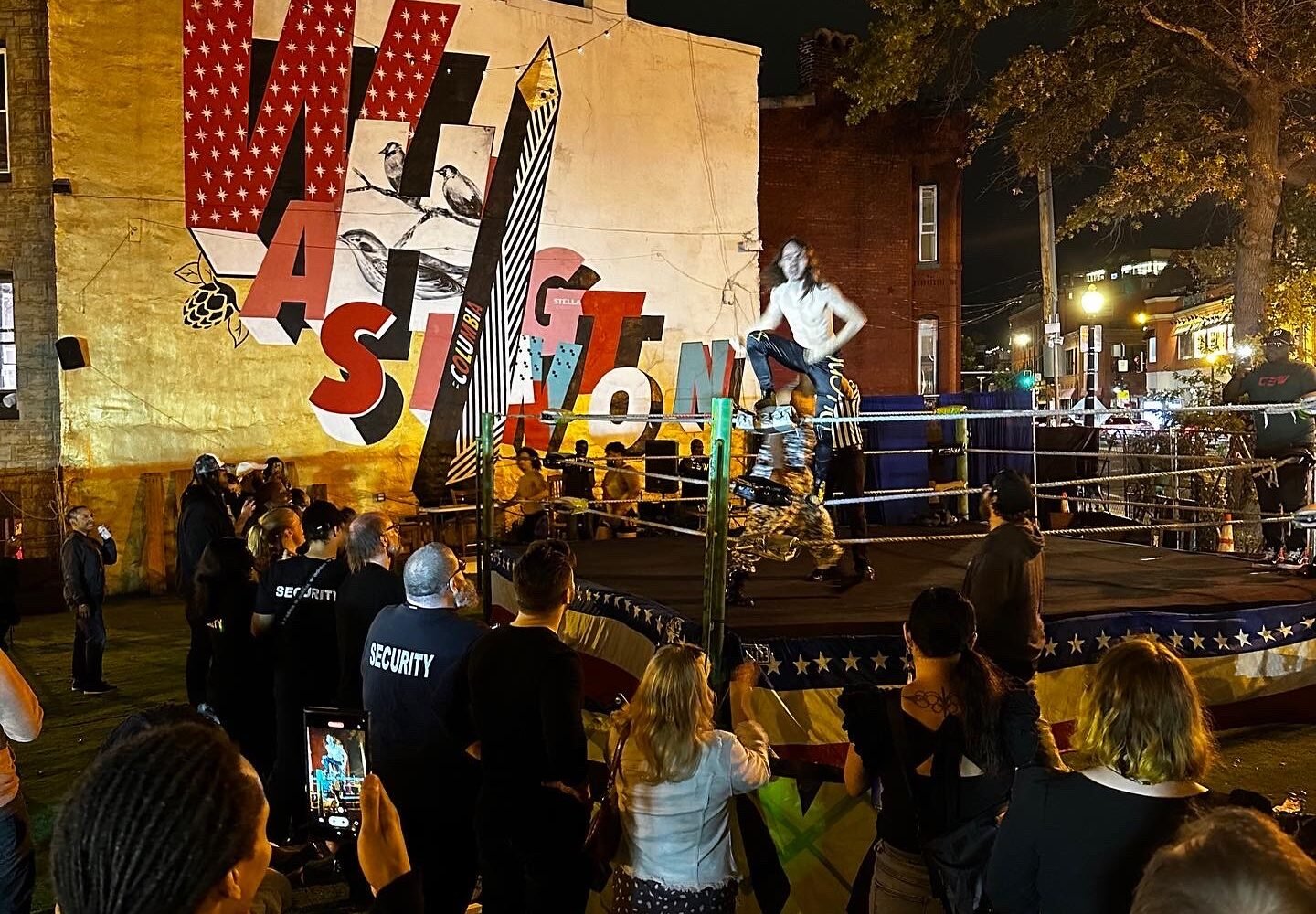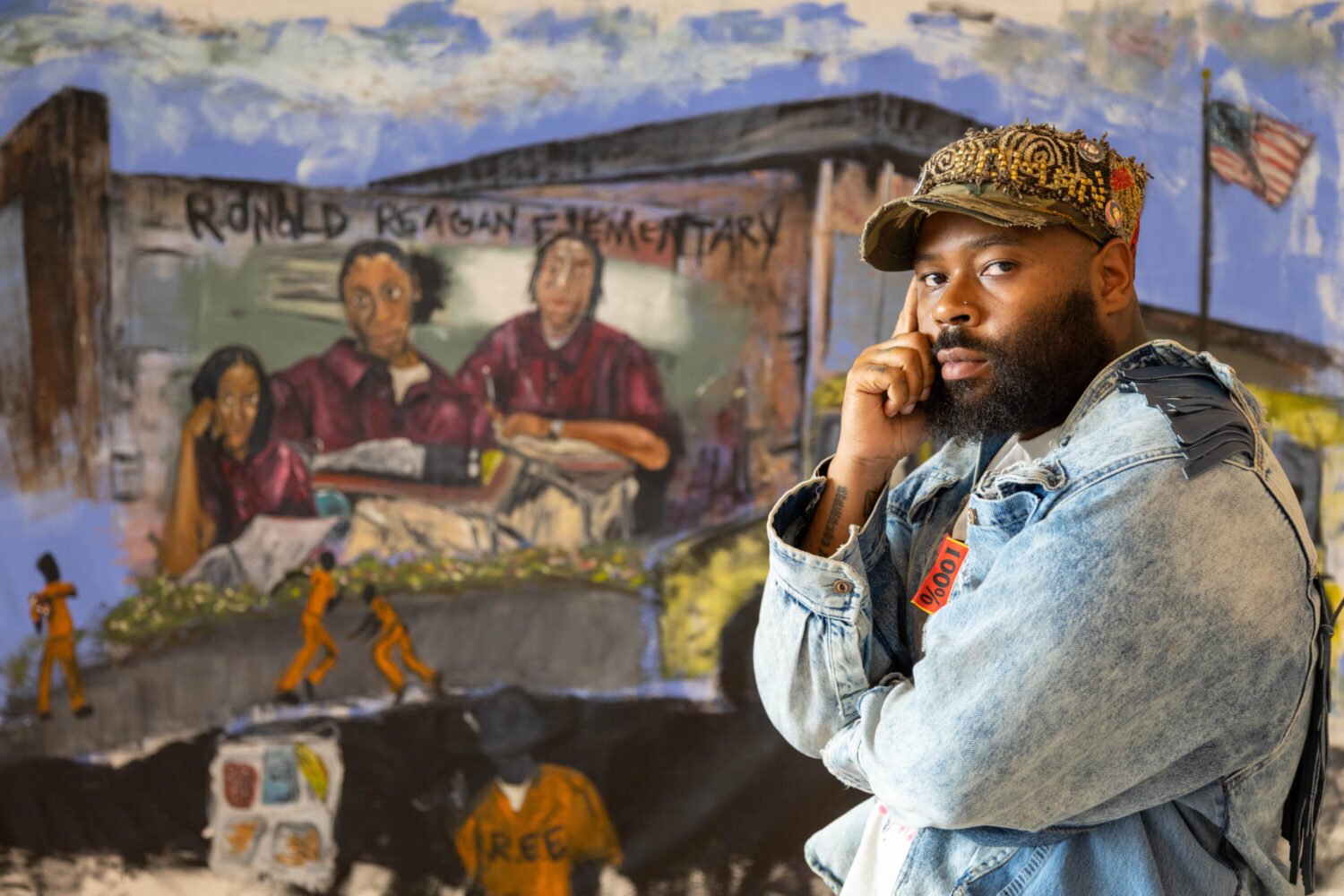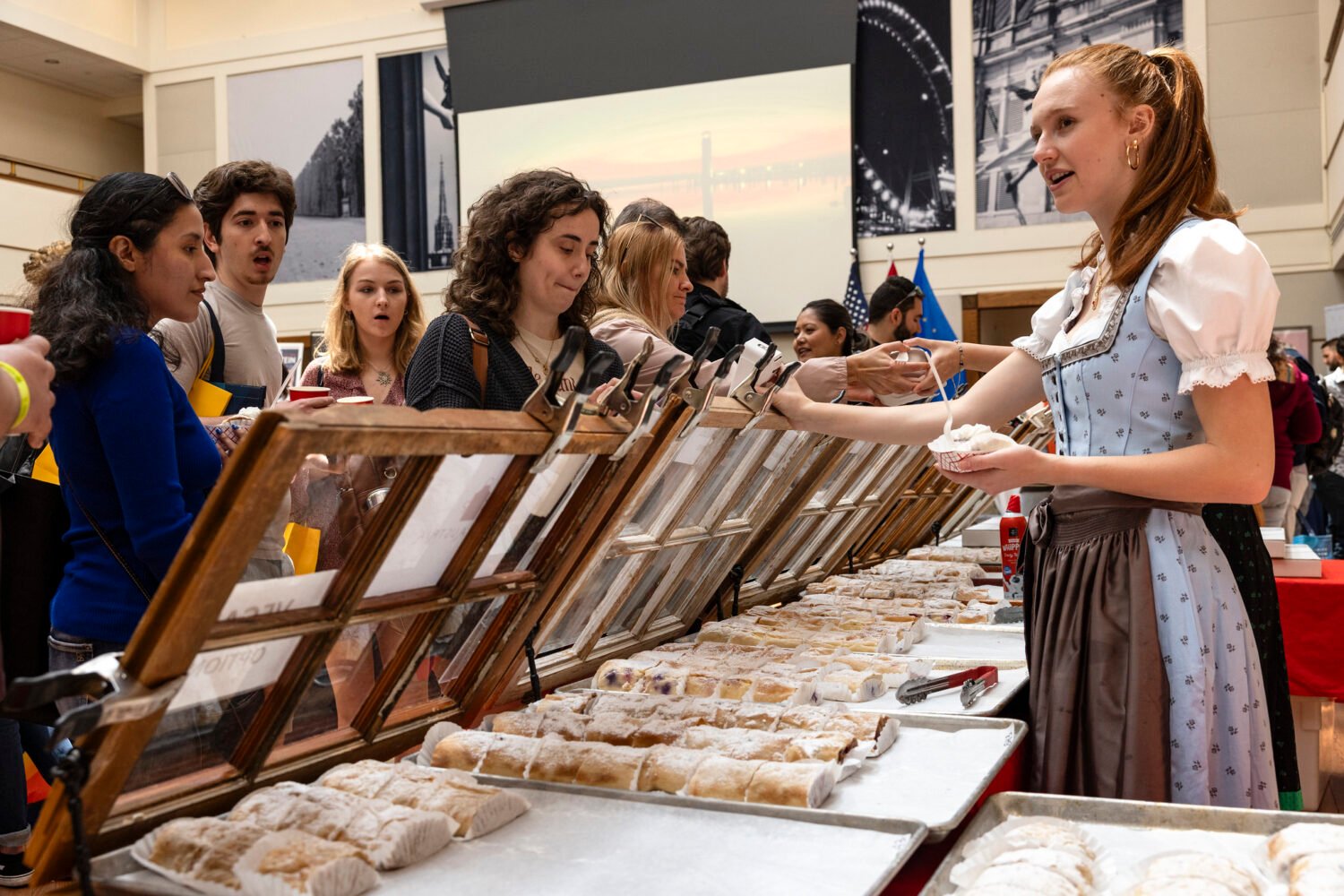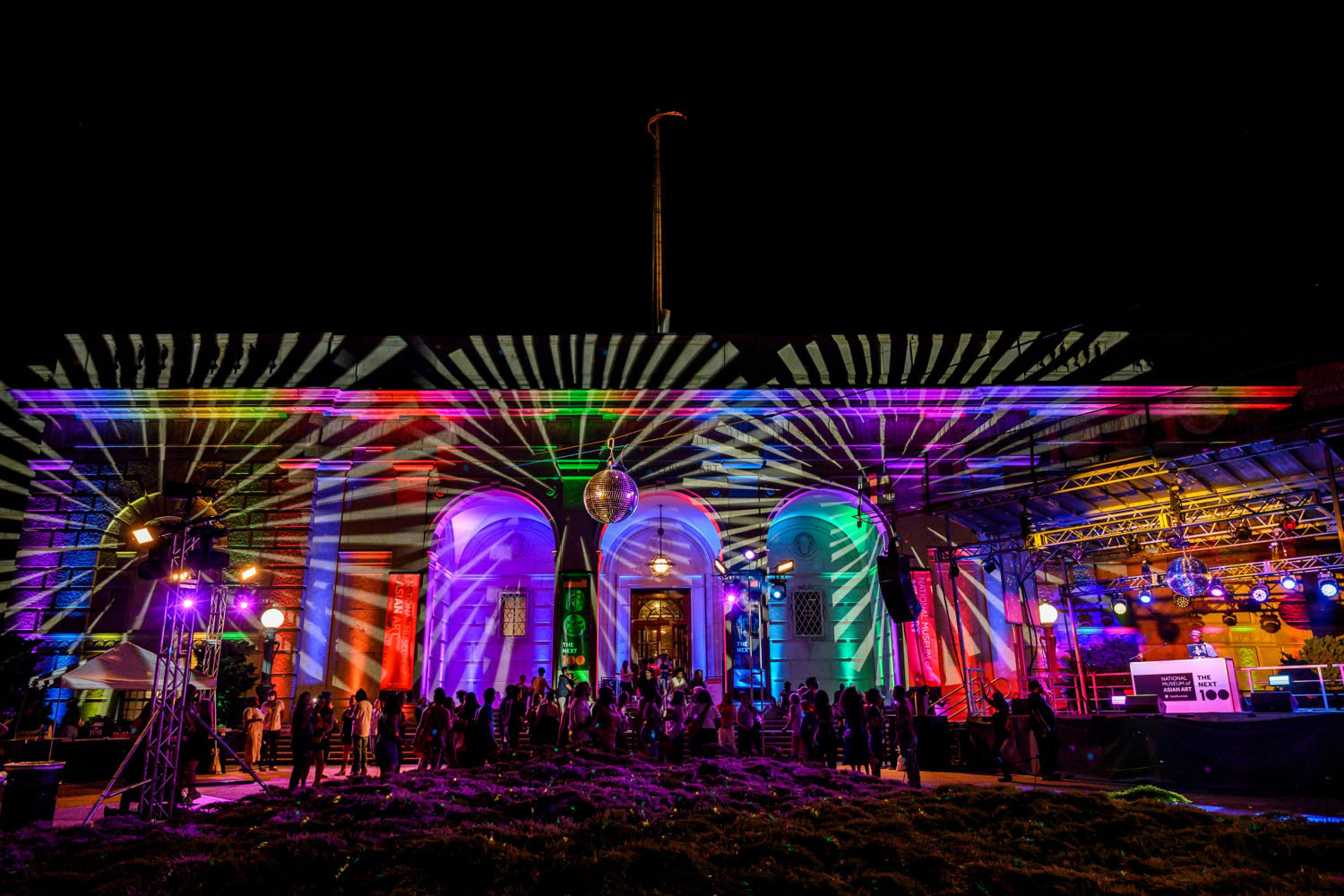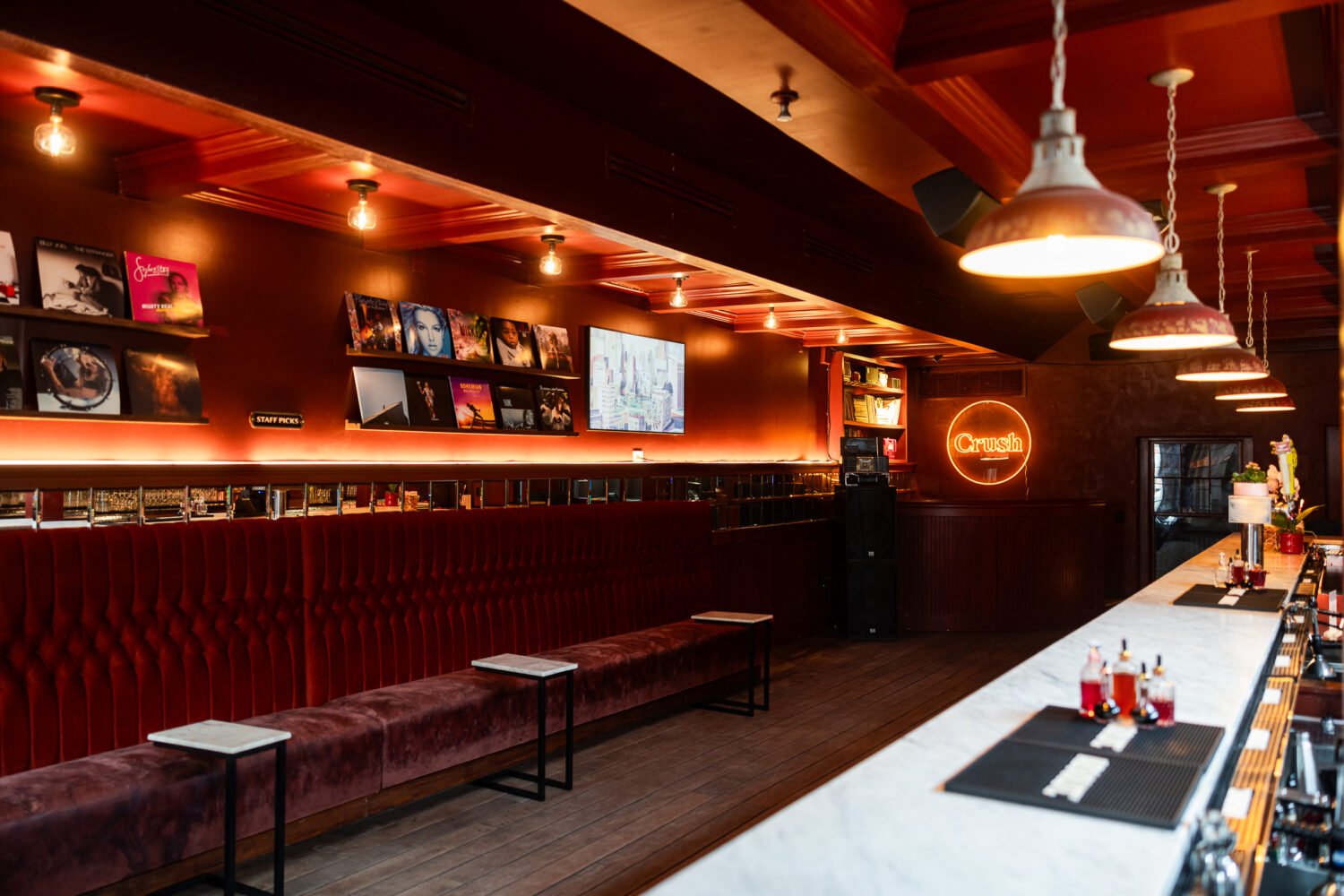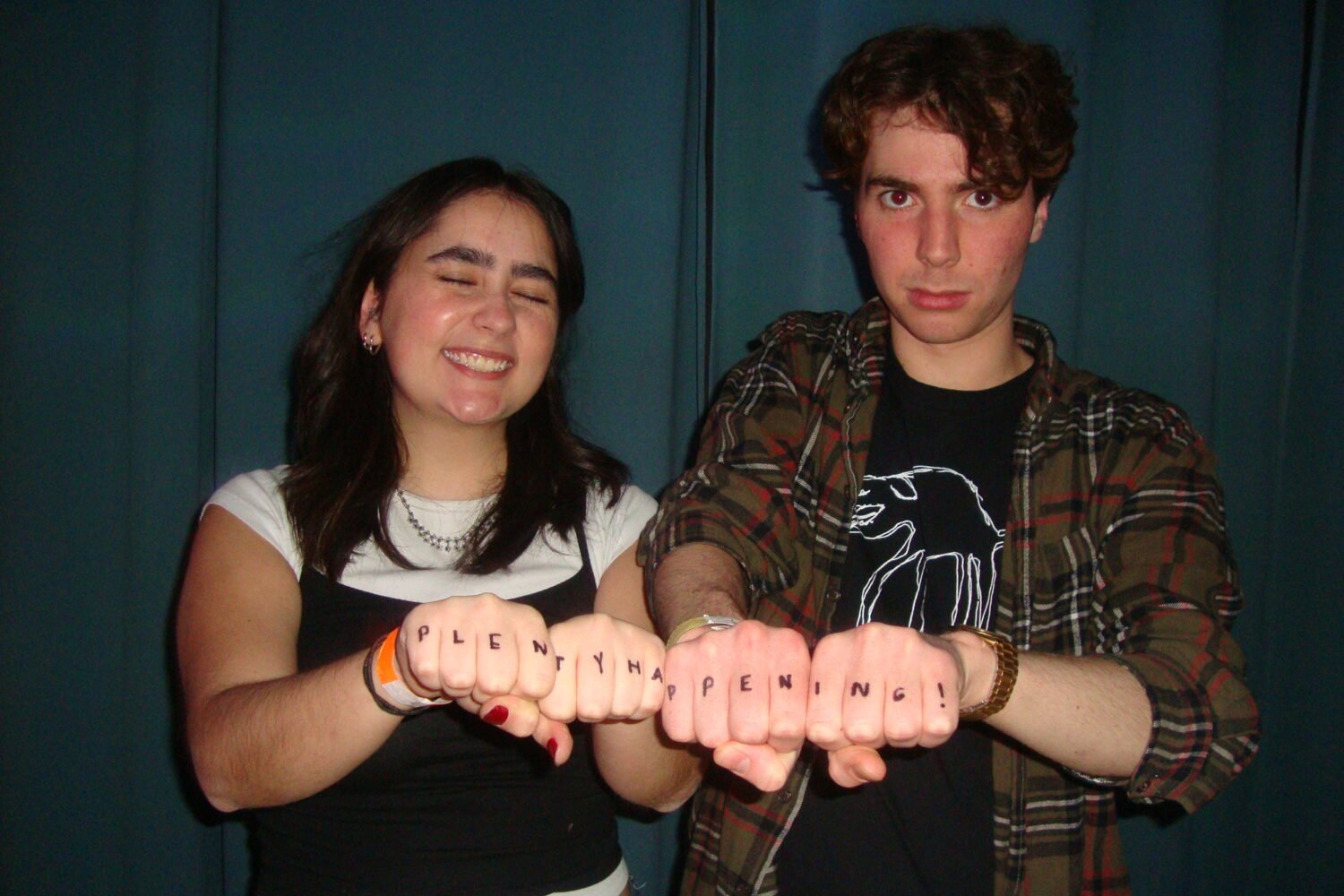“Spiderman.” © Dulce Pinzón.
Two years ago, the Museo del Barrio in East Harlem hosted “Nexus New York,” a landmark exhibition that examined artistic exchange between painters from the Americas and Europe in the city during the first half of the 20th century. The show emphasized a hybrid brand of modernism, a relatively new and global way of thinking about art history. “Ñew York: Latin American and Spanish Artists in New York” at the Art Museum of the Americas brings this notion of New York as a nexus up to date, illuminating new strategies for cultural exchange and preservation among the city’s Spanish-speaking diaspora.
Curated by three Spaniards— Paco Cano, Eva Mendoza Chandas, and Jodie Dinapoli—“Ñew York” turns to contemporary artists based in the city with the stated aim of recovering a once-dynamic dialogue between Latin American and Spanish visual art. This reference to “recovery” seems to imply a postcolonial sensibility informing curatorial choices. Unfortunately, the recent history of creative exchange between the two regions is ultimately neglected in favor of more accessible social critique. The exhibition, however, does offer meaningful revelations about the anxiety of maintaining a distinct cultural identity in the American metropolis.
Work by the six Spanish artists tends toward the autobiographical. Lluis Lleó’s installation “The Perfect Year” is an evocative and interactive mixed-media panorama that charts the artist’s experience in New York at the time of the death of his father. Félix Fernández’s work includes a video self-portrait, in which the artist quantifies his life based on factors ranging from cost of living to the demographics of New York to his caloric intake. Inner worlds are also discernible in Abigail Lazkoz’s exquisite automatic drawings and the cartoonish panels of Fernando Renes.
The 13 artists from Latin America more frequently venture into political territory—though even these forays must be vetted by the Organization of American States for diplomatic propriety. “To Speculate,” by Iván Navarro, a Chilean artist known primarily for his fluorescent light installations critiquing the military dictatorship of Augusto Pinochet, is composed of a glass box of pennies lit from above and reflected infinitely by mirrors. For Navarro, the pennies, invisible leftovers of sales transactions and signifiers of capitalism, have accumulated to the point that they constitute a physical substratum of the city’s topography.
If this is a show about urban mobility, it engages equally with social immobility. Much of the art on view confronts the daily reality for working-class Latin American immigrants. The iconic “Real Stories of Superheroes” series by Brooklyn-based Mexican photographer Dulce Pinzón depicts Mexican immigrants in the service sector performing their daily tasks while disguised as American superheroes. With titles such as “Aquaman is Juventino Rosas From the State of Mexico. He Works in a Fish Market in New York. He Sends $400 Home Each Week,” the portraits memorialize the accomplishments of an enormous but invisible population. The subjects, all of whom do a remarkable deadpan despite their spandex uniforms, actively participate in the project in a way that’s absent from most documentary photography today. Meanwhile, “Ái Spik Ínglish” by Jessica Lagunas of Guatemala imagines English monologues by Hispanic immigrants, with phrases such as “ái du not uánt fúud stamps” phonetically transcribed to reflect the heavy accents that inspire prejudice in the US job market.
In a rare but effective moment of conscientious exhibition design, the curators have situated these prints, as well as “Broken English,” a collaborative journal edited by Julieta Aranda and Carlos Motta, across from Nicky Enright’s “Rights of Passage,” one of the quieter pieces in the show. Enright’s video combines wordplay using the lexicon of migration with a performance in which the artist interacts with a line in chalk on a sidewalk. The games highlight the arbitrary nature of national borders and the linguistic slippage that can undermine them. Such thematic juxtapositions make the strongest case for the “Ñew York” that the exhibition imagines and the potential for transnational artistic dialogue to preserve cultural memory.
“Ñew York” is at the Art Museum of the Americas until May 20. For more information, visit the museum’s website.

